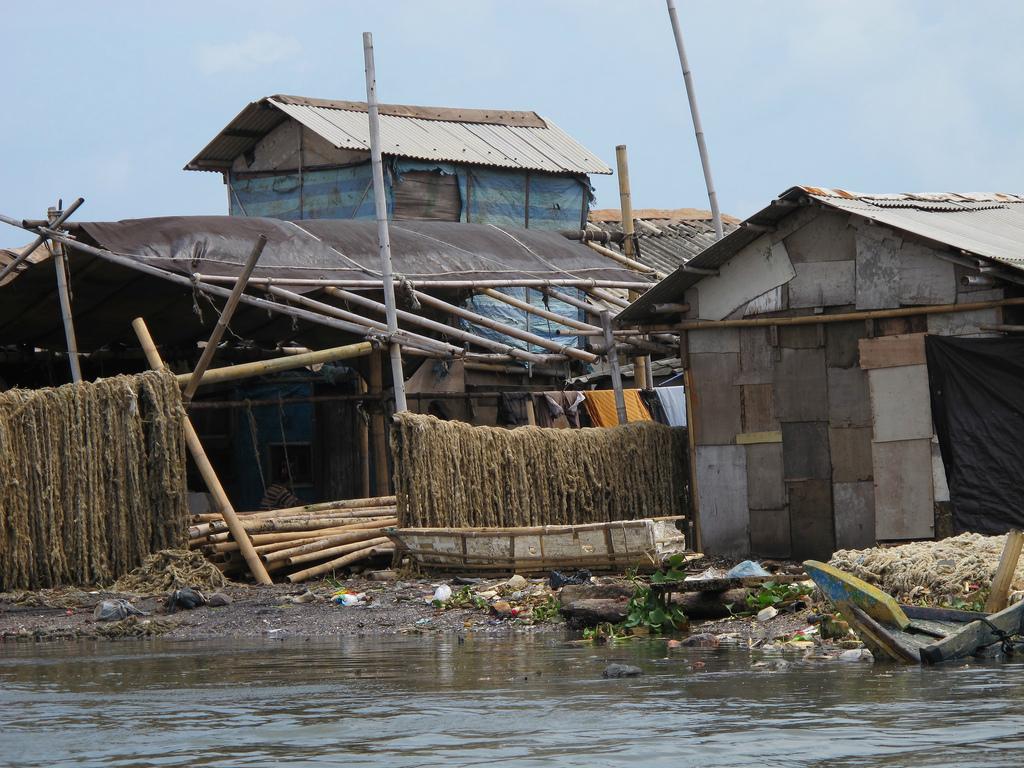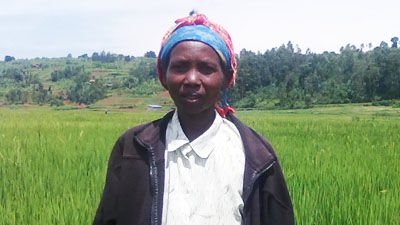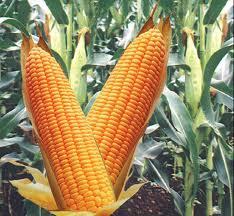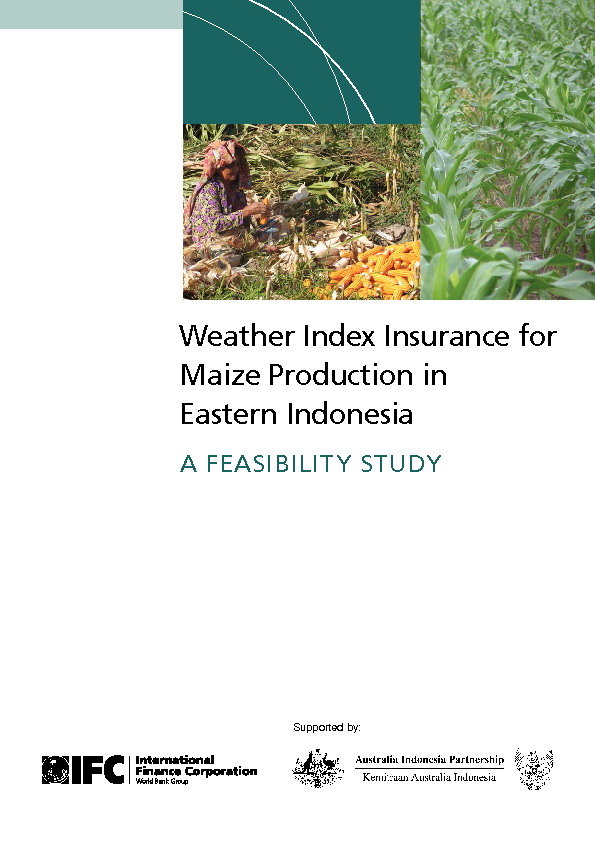Published on:
Country:
In a Business Mirror (Philippines) Op-ed, Dennis B. Funa, the Philippines's insurance commissioner, wrote that the Binhi Micro-Crop Insurance Program of CARD Pioneer Microinsurance Inc. will benefit smallholder farmers face typhoon risks. When leading portfolios of micro-finance institutions are protected by insurance, farmers are also protected. The Binhi Micro-Crop Insurance is supported by the Global Index Insurance Facility and the Government of Canada.









